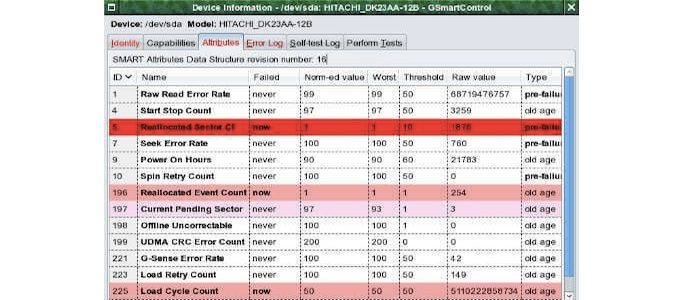
Storage like SSD has self-sufficiency ( SSD TRIM) to maximize drive life and ensure data is properly discarded. Important: Do not erase your SSD too frequently. Simply put, ATA Secure Erase command wipes data from SSD thoroughly and terminally, with no possibility to recover these data with known data retrieve techniques. Go further data on these blocks could be recovered by dedicated recovery tool.ĪTA Secure Erase command works with SSD controller and tells it to reset all storage cells as empty (releasing stored electrons), thus restoring the SSD to factory default settings and write performance. As a result, some blocks on SSD like bad blocks and wear-leveling blocks will leave behind in the service. General format methods over-write data on SSD, but they cannot access all the storage areas on the SSD. However, this cannot happen on SSD.Īs we know, SSD stores data on NAND flash memory chips that are made of numerous blocks. In the past, when we don’t need files or documents anymore, we’ll delete them or even format the entire HDD for a second use. ATA Secure Erase and Format: what’s the difference? What’s more, secure erase is a widely accepted effective and secure way to wipe all data to meet legal requirements. On the contrary, the operations like deletes and reformats will result in unanticipated progressive performance degradation of write operations on SSDs. Existing disk sanitization techniques originally used for hard drives do not work on SSDs. SSD has different internal architecture which makes its data cleaning very different.

Some user also needs SSD Secure Erase when he sells the drive to others.

Secure Erase commands are used as a data sanitization method to completely overwrite all the data on a hard drive, so that to restore SSD to “factory fresh” level. Secure Erase is the name given to a set of commands available from the firmware on PATA and SATA based on hard drives. Before you start SSD data wiping, you may want to have a brief understanding about Secure Erase.


 0 kommentar(er)
0 kommentar(er)
